[First published in 2009. Scroll down for plain text.]
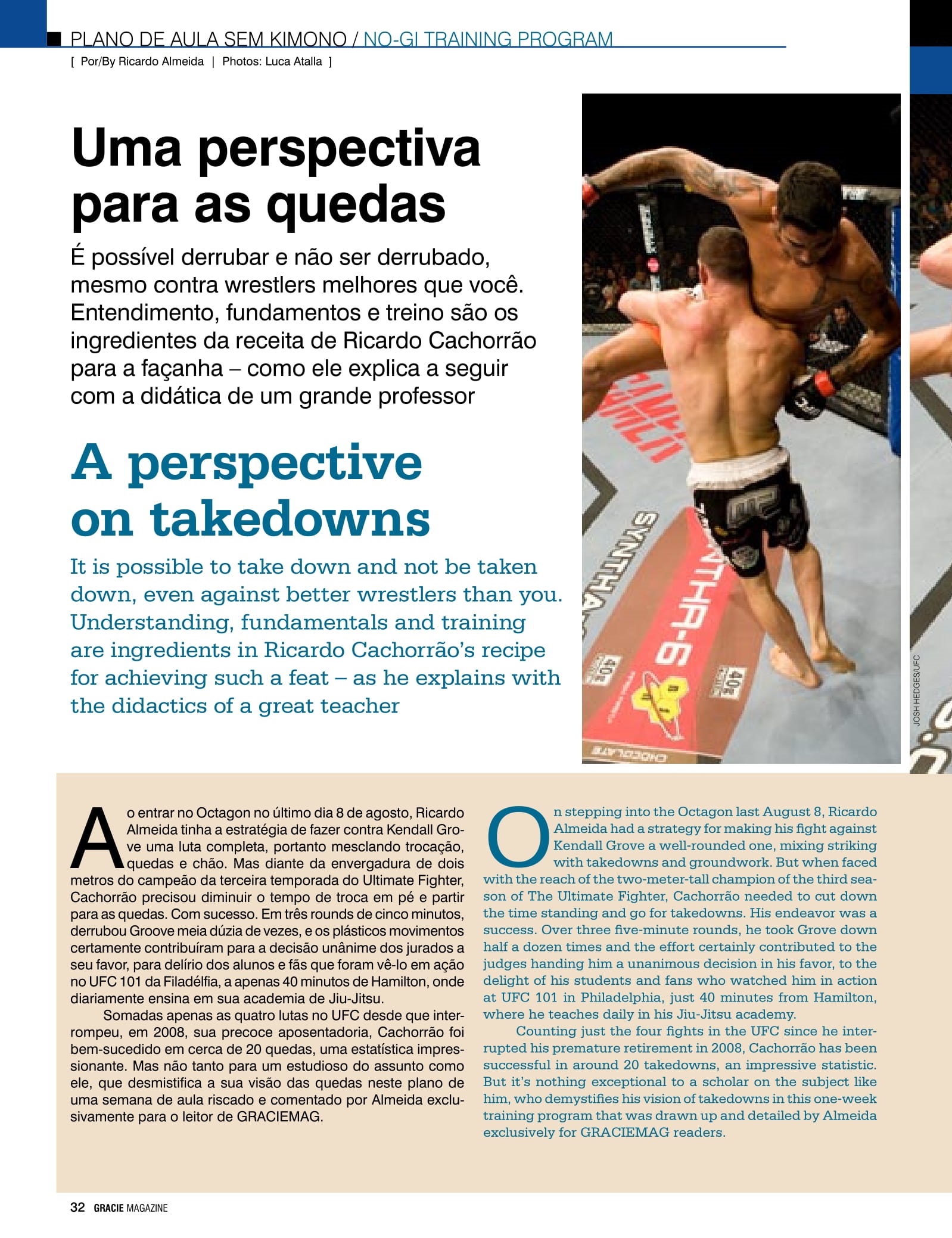
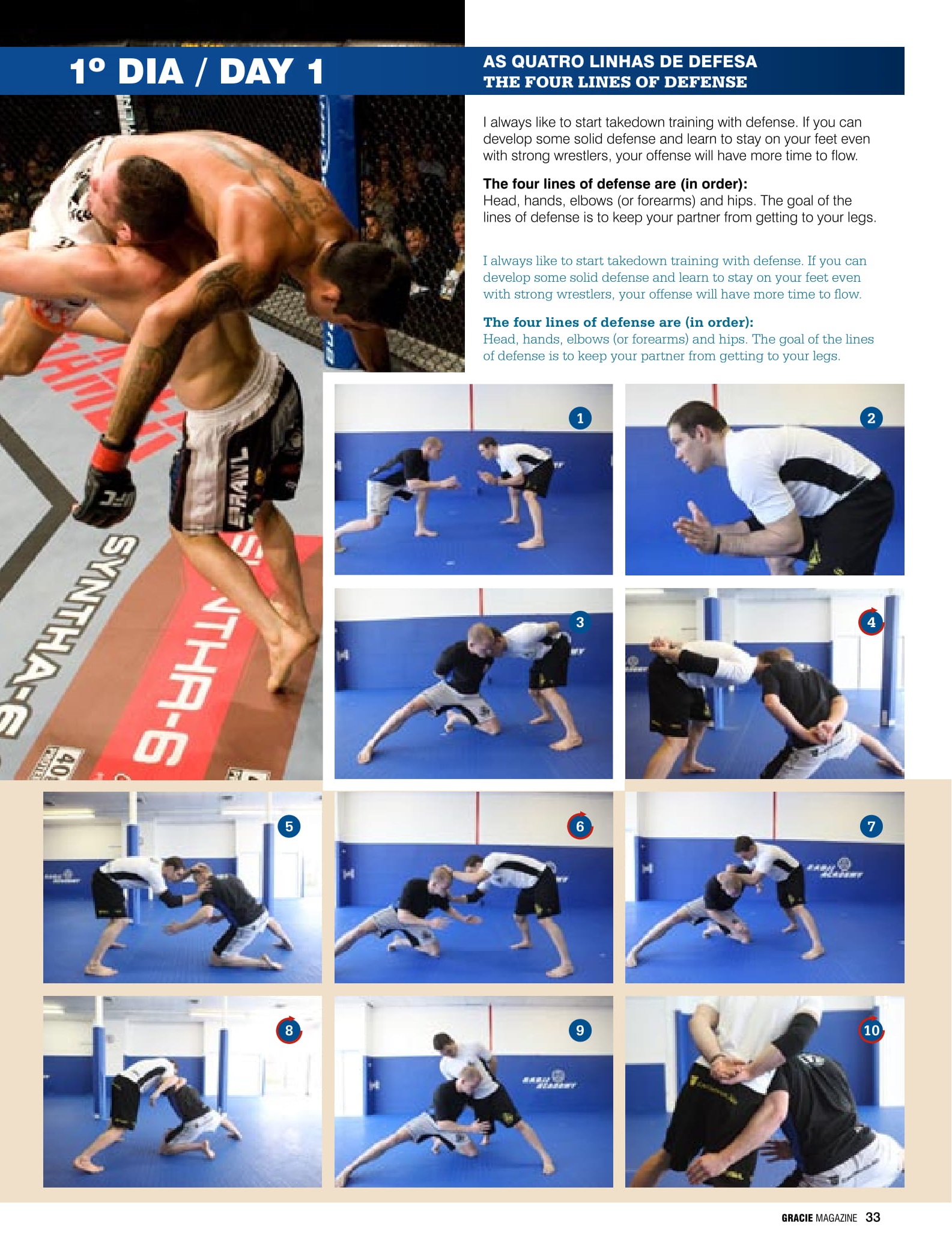
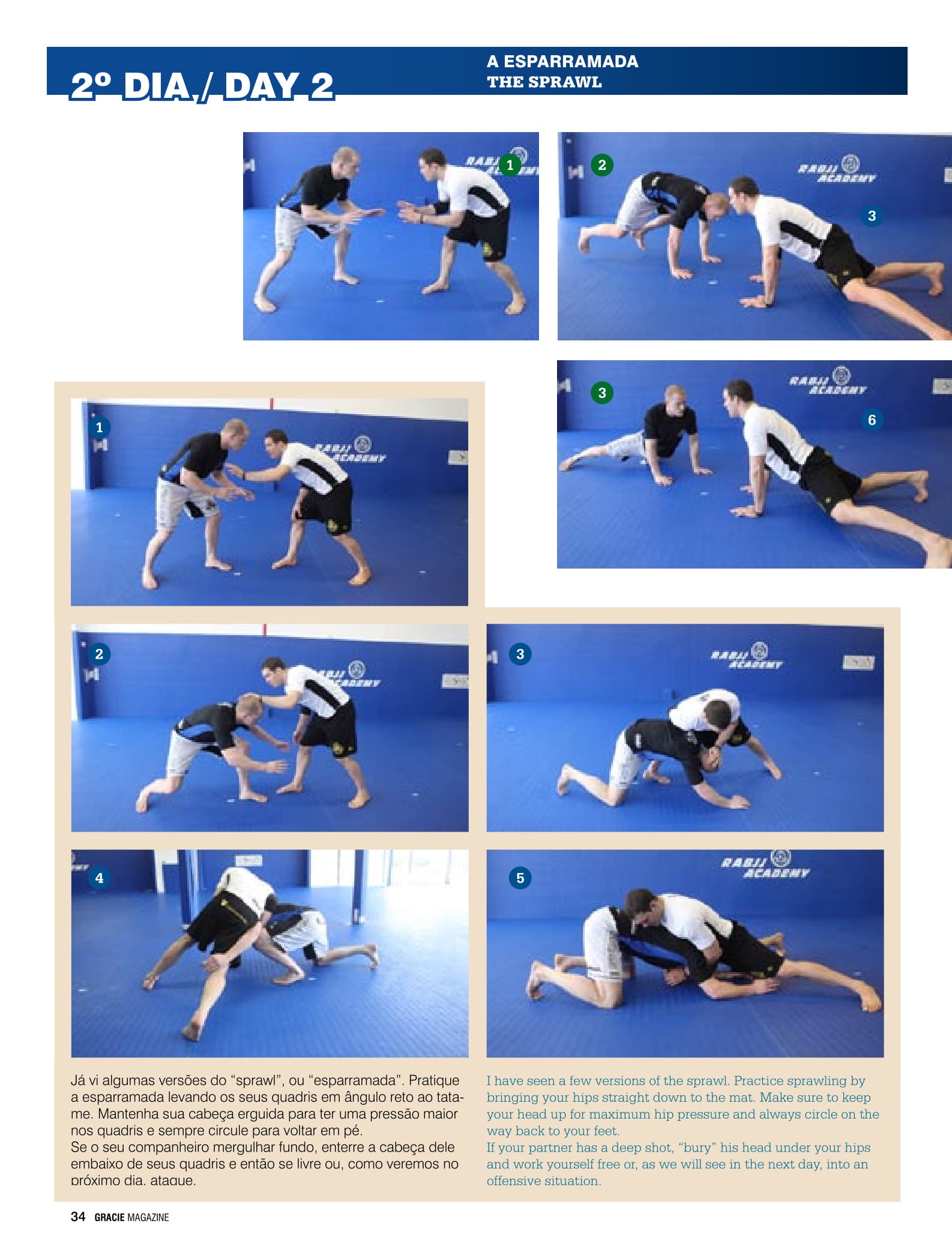
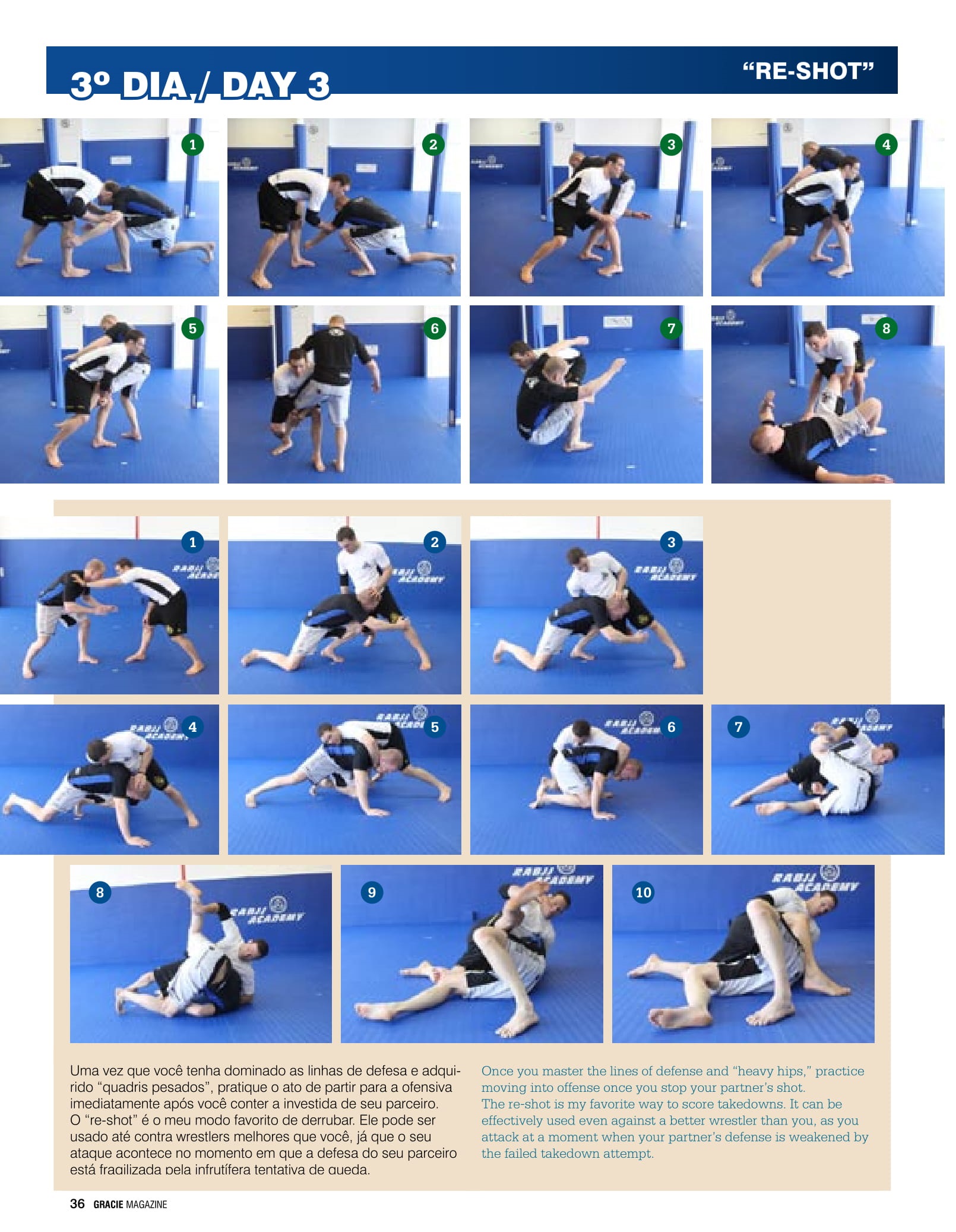
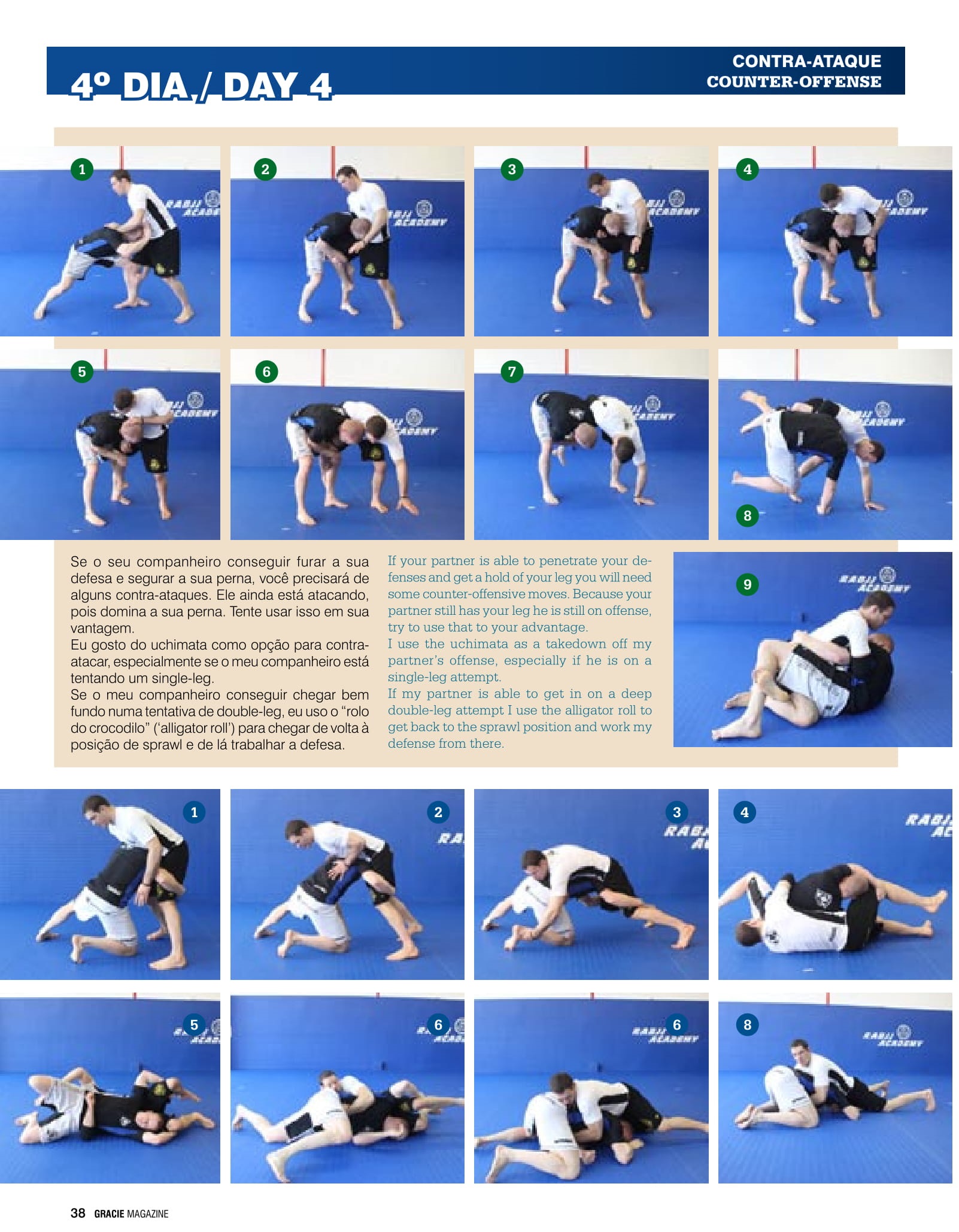
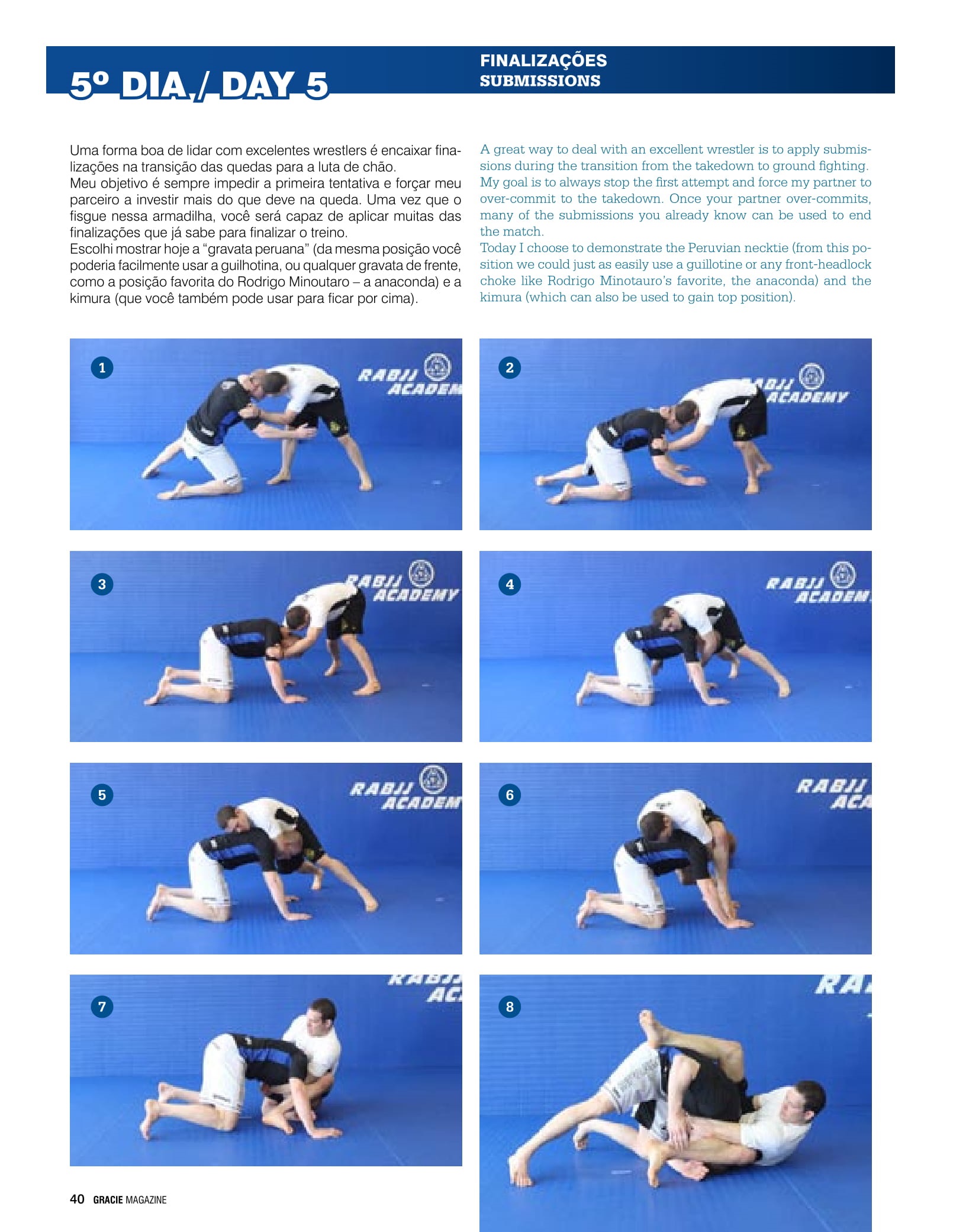
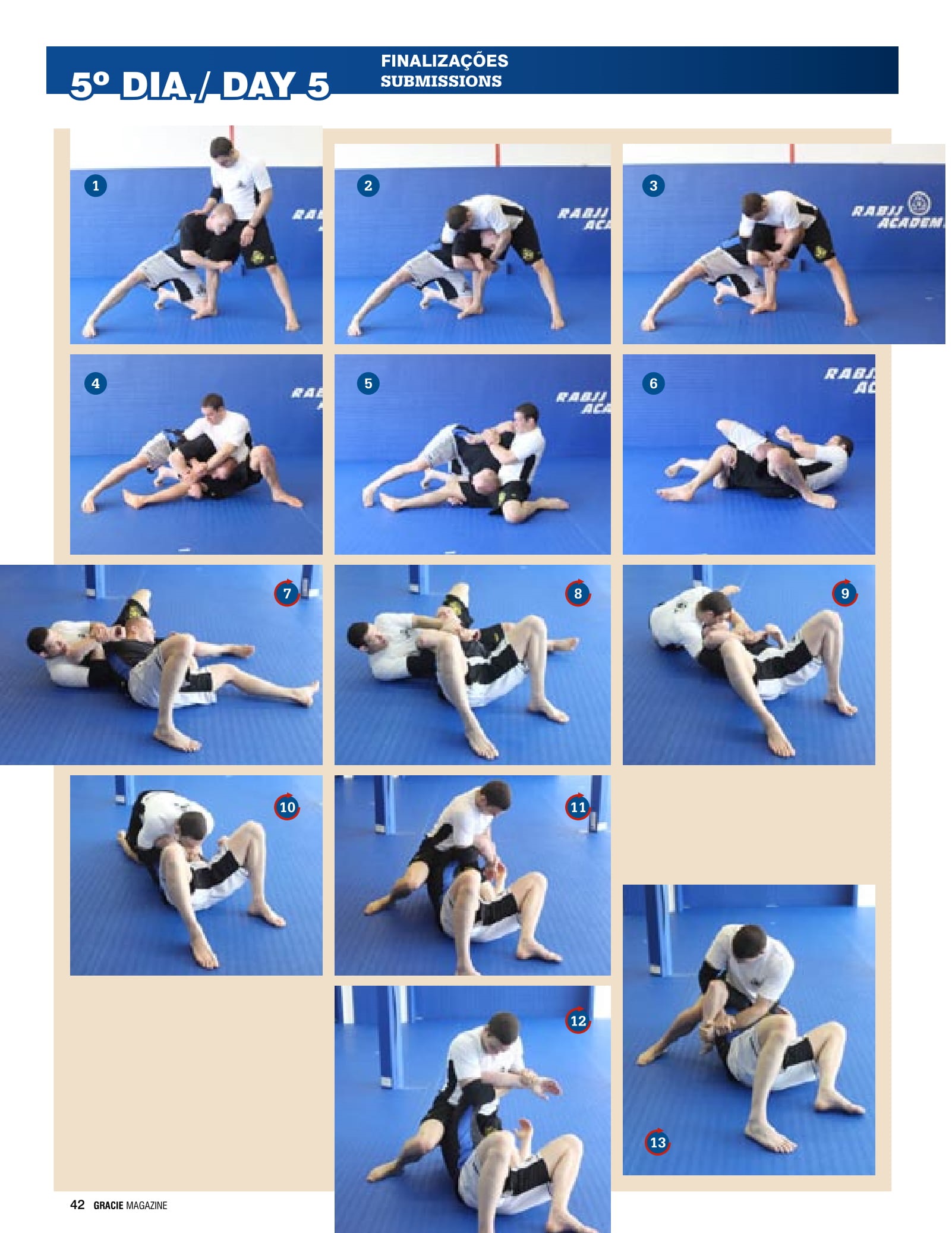
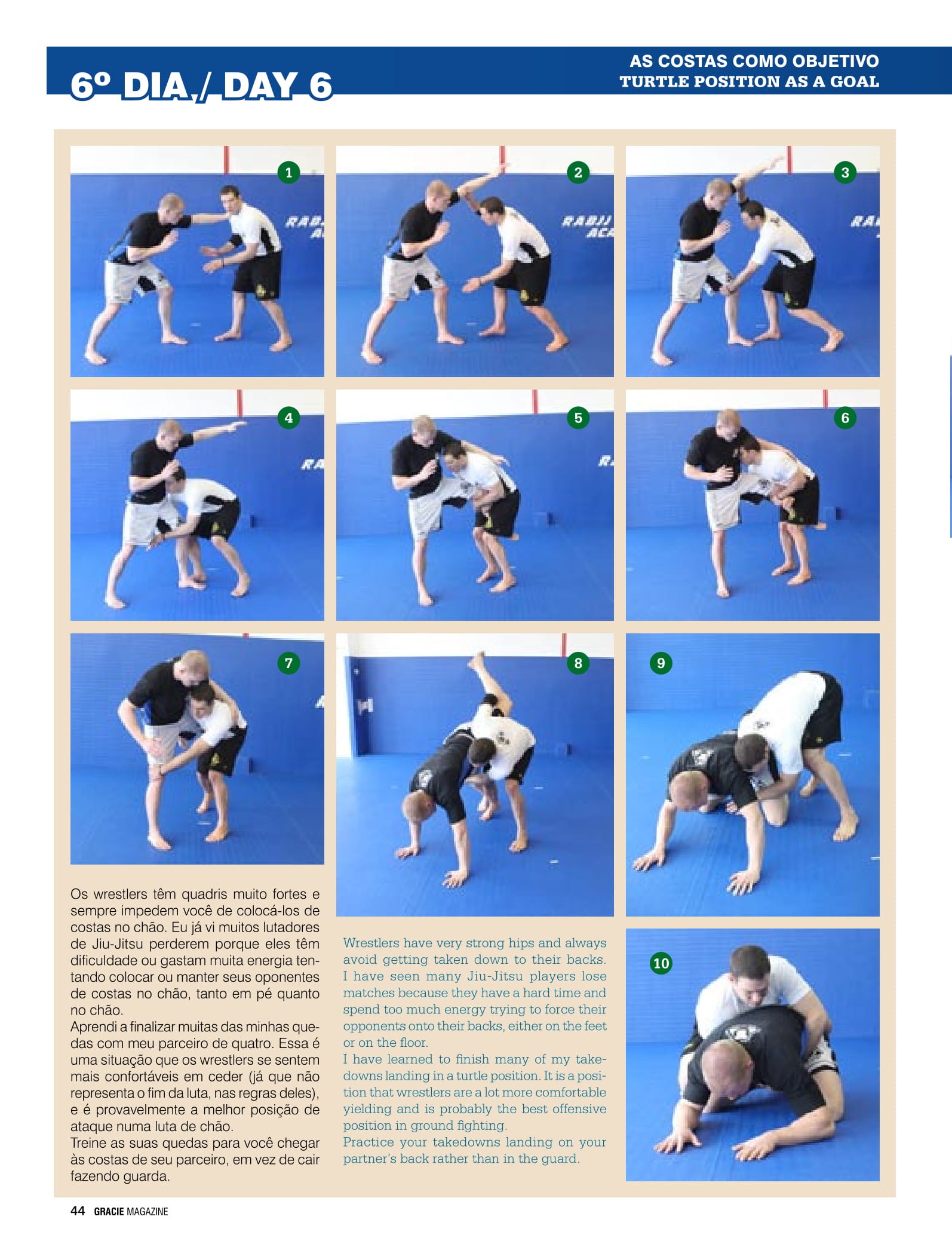
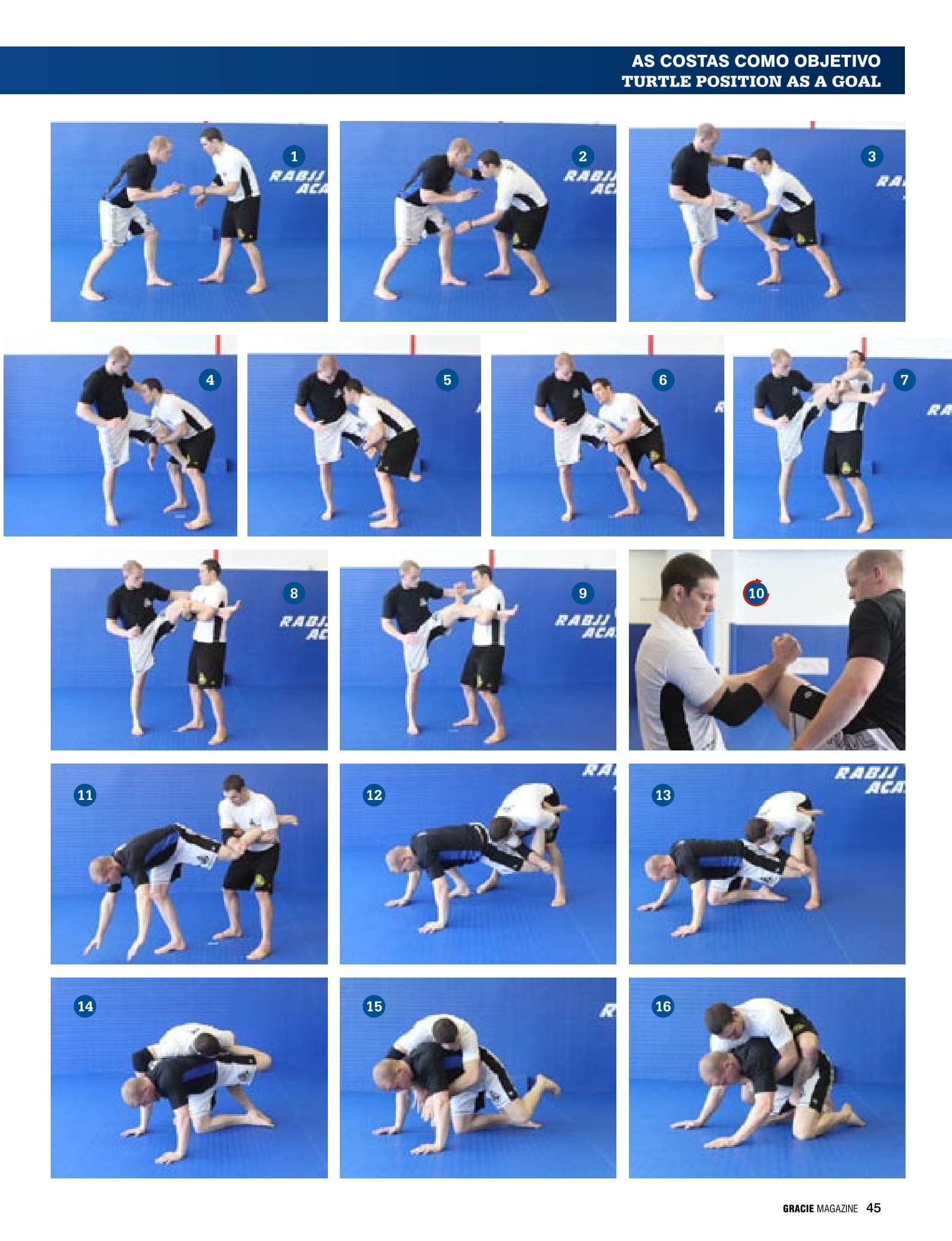
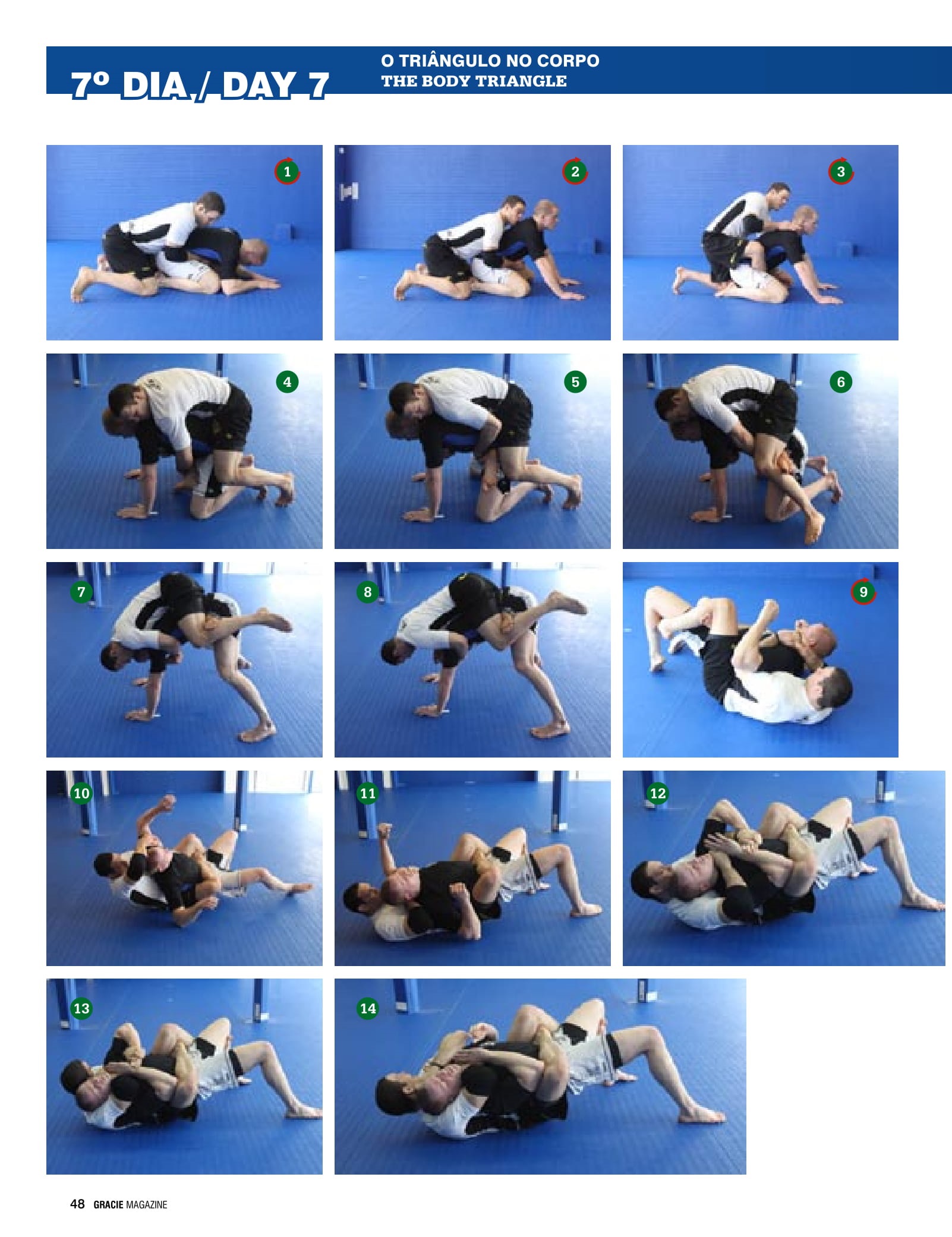
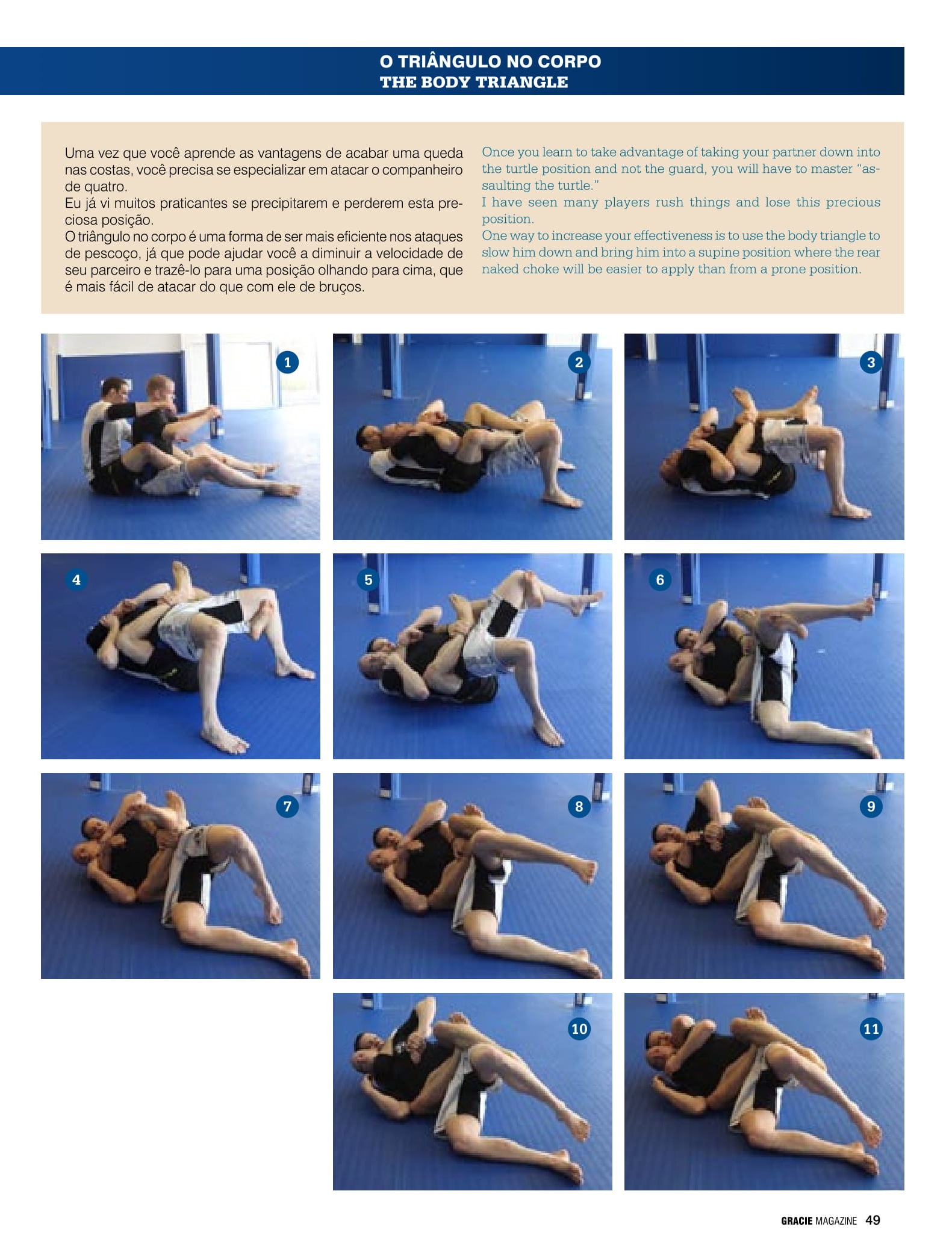
=====
A perspective on takedowns
It is possible to take down and not be taken
down, even against better wrestlers than you.
Understanding, fundamentals and training
are ingredients in Ricardo Cachorrão’s recipe
for achieving such a feat – as he explains with
the didactics of a great teacher
On stepping into the Octagon last August 8, Ricardo
Almeida had a strategy for making his fight against
Kendall Grove a well-rounded one, mixing striking
with takedowns and groundwork. But when faced
with the reach of the two-meter-tall champion of the third season
of The Ultimate Fighter, Cachorrão needed to cut down
the time standing and go for takedowns. His endeavor was a
success. Over three five-minute rounds, he took Grove down
half a dozen times and the effort certainly contributed to the
judges handing him a unanimous decision in his favor, to the
delight of his students and fans who watched him in action
at UFC 101 in Philadelphia, just 40 minutes from Hamilton,
where he teaches daily in his Jiu-Jitsu academy.
Counting just the four fights in the UFC since he interrupted
his premature retirement in 2008, Cachorrão has been
successful in around 20 takedowns, an impressive statistic.
But it’s nothing exceptional to a scholar on the subject like
him, who demystifies his vision of takedowns in this one-week
training program that was drawn up and detailed by Almeida
exclusively for GRACIEMAG readers.
DAY 1
I always like to start takedown training with defense. If you can
develop some solid defense and learn to stay on your feet even
with strong wrestlers, your offense will have more time to flow.
The four lines of defense are (in order):
Head, hands, elbows (or forearms) and hips. The goal of the lines
of defense is to keep your partner from getting to your legs.
DAY 2
I have seen a few versions of the sprawl. Practice sprawling by
bringing your hips straight down to the mat. Make sure to keep
your head up for maximum hip pressure and always circle on the
way back to your feet.
If your partner has a deep shot, “bury” his head under your hips
and work yourself free or, as we will see in the next day, into an
offensive situation.
DAY 3
Once you master the lines of defense and “heavy hips,” practice
moving into offense once you stop your partner’s shot.
The re-shot is my favorite way to score takedowns. It can be
effectively used even against a better wrestler than you, as you
attack at a moment when your partner’s defense is weakened by
the failed takedown attempt.
DAY 4
If your partner is able to penetrate your defenses
and get a hold of your leg you will need
some counter-offensive moves. Because your
partner still has your leg he is still on offense,
try to use that to your advantage.
I use the uchimata as a takedown off my
partner’s offense, especially if he is on a
single-leg attempt.
If my partner is able to get in on a deep
double-leg attempt I use the alligator roll to
get back to the sprawl position and work my
defense from there.
DAY 5
A great way to deal with an excellent wrestler is to apply submissions
during the transition from the takedown to ground fighting.
My goal is to always stop the first attempt and force my partner to
over-commit to the takedown. Once your partner over-commits,
many of the submissions you already know can be used to end
the match.
Today I choose to demonstrate the Peruvian necktie (from this position
we could just as easily use a guillotine or any front-headlock
choke like Rodrigo Minotauro’s favorite, the anaconda) and the
kimura (which can also be used to gain top position).
DAY 6
Wrestlers have very strong hips and always
avoid getting taken down to their backs.
I have seen many Jiu-Jitsu players lose
matches because they have a hard time and
spend too much energy trying to force their
opponents onto their backs, either on the feet
or on the floor.
I have learned to finish many of my takedowns
landing in a turtle position. It is a position
that wrestlers are a lot more comfortable
yielding and is probably the best offensive
position in ground fighting.
Practice your takedowns landing on your
partner’s back rather than in the guard.
DAY 7
Once you learn to take advantage of taking your partner down into
the turtle position and not the guard, you will have to master “assaulting
the turtle.”
I have seen many players rush things and lose this precious
position.
One way to increase your effectiveness is to use the body triangle to
slow him down and bring him into a supine position where the rear
naked choke will be easier to apply than from a prone position.
